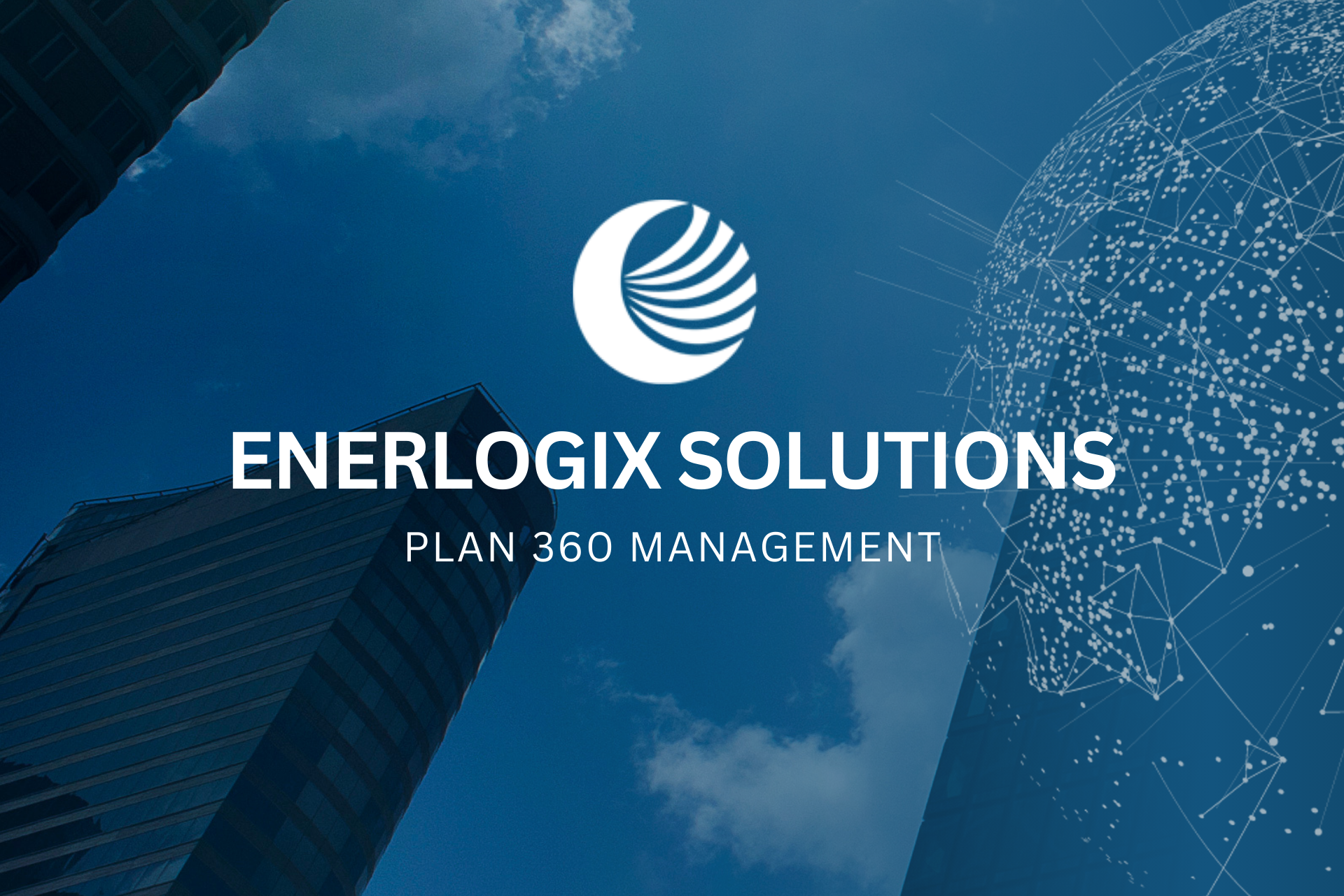Wind Energy in the Energy Industry
11 de noviembre de 2024
Enerlogix-Solutions
The Status of Wind Energy in the Energy Industry
Introduction
Wind energy has emerged as one of the most promising and sustainable methods of generating electricity. In a world increasingly concerned with climate change, wind power provides a clean and efficient alternative to fossil fuels. But what is the current status of wind energy in the global energy industry? In this article, we’ll explore its evolution, benefits, challenges, and future outlook.
History of Wind Energy
Early Uses of Wind Power
For centuries, humanity has harnessed the power of wind. Ancient windmills in Persia and China used wind energy to grind grain and pump water.
20th-Century Evolution
The 20th century marked a major shift with the introduction of modern wind turbines. The 1970s oil crisis spurred development as an alternative energy source, leading to today’s advanced wind technology.
How Wind Energy Works
Basic Principles
Wind energy is generated when wind moves the blades of a turbine, converting kinetic energy into mechanical energy and then into electricity.
Modern Turbine Technology
Modern turbines are highly efficient devices designed to maximize energy conversion. Their height and blade length have increased significantly, allowing them to capture more wind.
Benefits of Wind Energy
Environmental Impact
Wind energy is clean and produces no greenhouse gas emissions during operation, having minimal environmental impact compared to fossil fuels.
Energy Efficiency
Wind turbines convert a substantial portion of the wind's kinetic energy into electricity, making it one of the most efficient forms of energy generation.
Challenges of Wind Energy
Wind Intermittency
One of the main challenges is the intermittent nature of wind, leading to inconsistent energy generation that depends on weather conditions.
Impact on Wildlife
Wind turbines can affect wildlife, especially birds and bats that may collide with the blades.
Current Status of Wind Energy Worldwide
Europe
Europe is a leader in wind energy adoption, with countries like Germany and Denmark at the forefront.
North America
The United States and Canada have made significant investments in wind energy, contributing substantially to their total installed capacity.
Asia
China and India are rapidly emerging as wind power giants, driven by their need to reduce dependence on coal.

Wind Energy in Latin America
Projects in Mexico
Mexico has developed several important wind farms, especially in the Isthmus of Tehuantepec, making it a regional leader.
Initiatives in Brazil
Brazil has also advanced significantly, leveraging its vast wind resources to generate electricity.
Emerging Wind Energy Technologies
Floating Turbines
Floating turbines allow wind farms to be installed offshore, where winds are stronger and more consistent.
Energy Storage
Large-scale battery solutions are being developed to address wind intermittency, enabling better energy storage.
Policies and Regulations
Government Incentives
Many governments offer tax incentives and subsidies to promote investment in wind energy.
International Standards
International regulations play a crucial role in setting standards for wind farm installation and operation.
Wind Energy and Climate Change
Emission Reduction
Wind energy significantly contributes to reducing CO₂ emissions, helping to combat climate change.
Long-Term Sustainability
Wind power is a long-term sustainable solution, with nearly limitless resources as long as the winds blow.
Comparison with Other Renewable Energy Sources
Solar
While solar energy depends on sunlight, wind power can generate electricity both day and night.
Hydropower
Hydropower requires large water bodies and may have a higher environmental impact, while wind energy is more flexible in installation.
Future Prospects
Technological Innovations
Ongoing innovations continue to improve turbine efficiency and reduce costs.
Global Expansion
Wind energy is expected to expand globally, with new installations in underutilized regions.
Success Stories in Wind Energy
Pioneering Projects
Projects like Horns Rev in Denmark have demonstrated the viability of large-scale wind energy.
Examples of Integration
In countries like Spain, wind energy already represents a significant part of the energy mix.
Economic Impact of Wind Energy
Job Creation
The wind industry creates thousands of jobs, from manufacturing to installation and maintenance.
Investment and Returns
Investing in wind energy offers a strong long-term return, both economically and environmentally.
Conclusion
Wind energy is well-positioned to play a crucial role in the future of energy generation. With its environmental benefits and growing economic viability, it represents a sustainable and efficient solution to global energy challenges. Continuous innovation and expansion promise a bright future for this clean energy source.
What is wind energy and how does it work?
Wind energy is a renewable energy source generated by using wind turbines to capture the kinetic energy of wind. The wind turns the turbine blades, which spin a generator to create electricity. This process is clean and efficient, relying on natural wind patterns without emitting harmful pollutants.
What are the main benefits of using wind energy?
Wind energy is environmentally friendly, produces no greenhouse gas emissions during operation, and reduces dependence on fossil fuels. It's also economically beneficial over time, as it creates jobs, promotes energy independence, and reduces energy costs in the long run.
Are there any downsides or challenges to wind energy?
Yes, some challenges include wind intermittency (wind doesn’t blow consistently), which can lead to fluctuations in energy production. Additionally, wind turbines can impact local wildlife, such as birds and bats, and they require significant land or offshore space, which can affect aesthetics and nearby land use.
How does wind energy compare to solar energy?
Both are renewable energy sources, but they work differently: solar energy depends on sunlight, while wind energy relies on wind. Wind turbines can generate power day or night, provided there is wind, whereas solar panels are limited to daylight hours. Both have unique advantages and can complement each other in a balanced energy mix.
What is the future outlook for wind energy?
The future for wind energy looks promising as technology advances make turbines more efficient and cost-effective. Innovations like floating offshore wind farms and enhanced battery storage are expected to expand wind energy's accessibility and reliability, contributing to its growth in the global renewable energy market.




